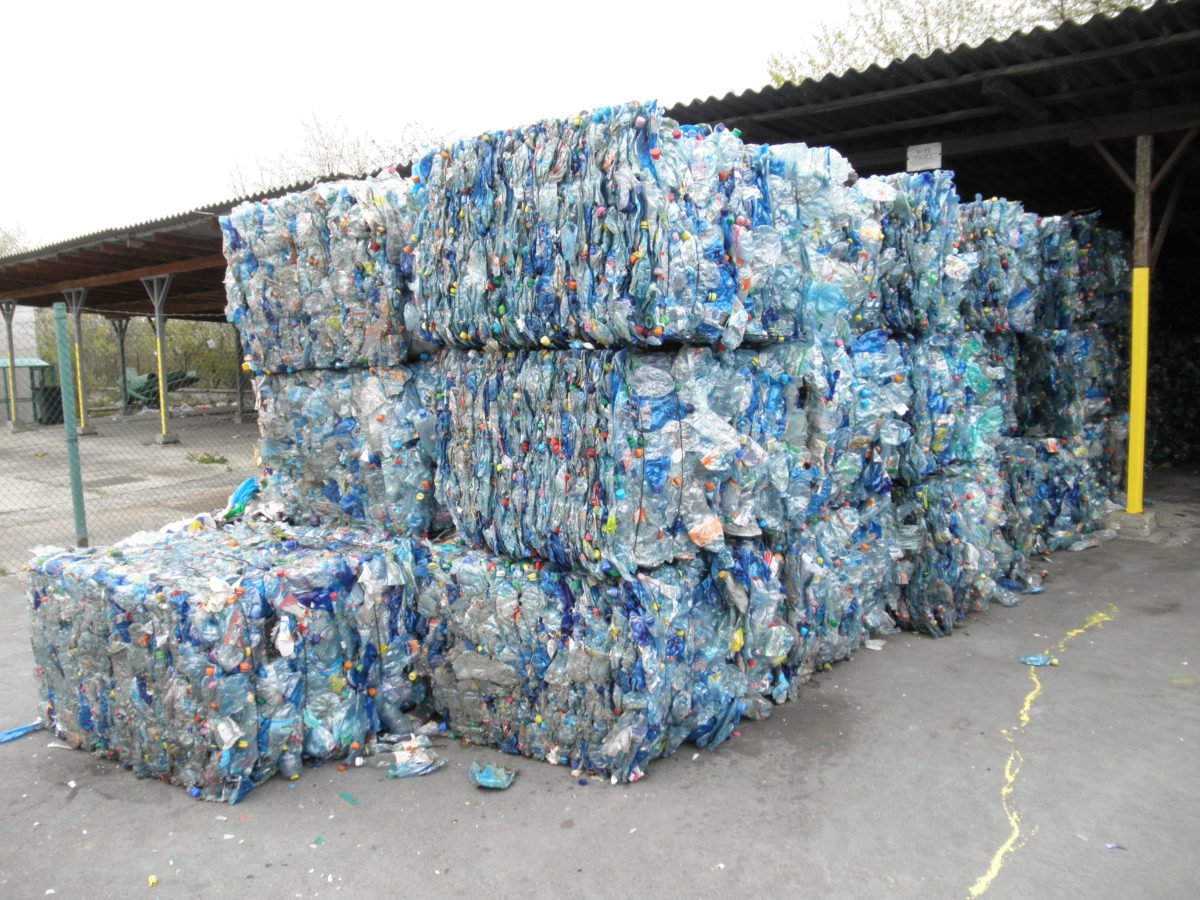Scientists from China's Sun Yat-Sen University and the Shanghai Jiao Tong University have proposed a vacuum-gasification-condensation technology to recover polyethylene glycol terephthalate (PET) and ethylene-vinyl acetate (EVA) in solar panels at the end of their lifecycle. Both materials are used in PV manufacturing for solar panel encapsulation.
The academics claim that existing technologies for PET and EVA recycling are based on the use of chemical solvents to remove them, which causes secondary pollution. Their novel technique, instead, is claimed to be able to convert PET and EVA into value-added products and energy materials without secondary pollution. The two materials represent around 15% of the total material in a wasted solar cell, with a share of 10% for EVA and 5% for PET, respectively.
For the process implementation, the Chinese group used a vacuum tube furnace provided by Chinese specialist Alarge Furnace Co, Ltd. The furnace consists of a vacuum ionization gauge, a vacuum mechanical pump, a diffusion pump, and a control panel. Copper, tin, silicon, and silicon dioxide, which are all brittle materials, were crushed into particles with a size of less than 5mm, and the particles of PET and EVA, which are ductile materials and cannot be destroyed by the crusher, were fragmented into larger particles, with a size of between 5mm and 20mm.
The PET and EVA were completely decomposed when the furnace temperature reached 490 degrees Celsius. “Above 490 degrees Celsius, the weight was not changed, which indicated that the PET and EVA were decomposed and volatilized completely,” the scientists stated. “At the stage of 297-386 degrees Celsius, the weight of mixed PET and EVA decreased slowly, which indicated that the long bond of PET and EVA fractured in this stage. At the stage of 386-490 degrees Celsius, the decomposition process had the fastest mass loss at 461 degrees Celsius.”
Popular content
When the temperature reached 505 degrees Celsius, the furnace's pressure returned to the initial level and the PET and EVA were decomposed and gasified completely. Through this process, a total residue of 1.95kg, mainly composed of blocky-shaped particles and spherical particles, was achieved. Carbon had the highest share, at 42.35%, followed by silicon, at 36.99%, silver, at 11.41% and oxygen, at 6.63 %. “Small quantities of copper, iron, and zinc were also detected in the residue,” the scientists added. “A significant content of Al was presented in the residue because the Al electrode was covered on the surface of the solar cell chip.”
The process is described in the paper Recovering Polyethylene Glycol Terephthalate and Ethylene-Vinyl Acetate Copolymer in Waste Solar Cells via a Novel Vacuum-Gasification-Condensation Process, published in ACS Publications.
This content is protected by copyright and may not be reused. If you want to cooperate with us and would like to reuse some of our content, please contact: editors@pv-magazine.com.



1 comment
By submitting this form you agree to pv magazine using your data for the purposes of publishing your comment.
Your personal data will only be disclosed or otherwise transmitted to third parties for the purposes of spam filtering or if this is necessary for technical maintenance of the website. Any other transfer to third parties will not take place unless this is justified on the basis of applicable data protection regulations or if pv magazine is legally obliged to do so.
You may revoke this consent at any time with effect for the future, in which case your personal data will be deleted immediately. Otherwise, your data will be deleted if pv magazine has processed your request or the purpose of data storage is fulfilled.
Further information on data privacy can be found in our Data Protection Policy.